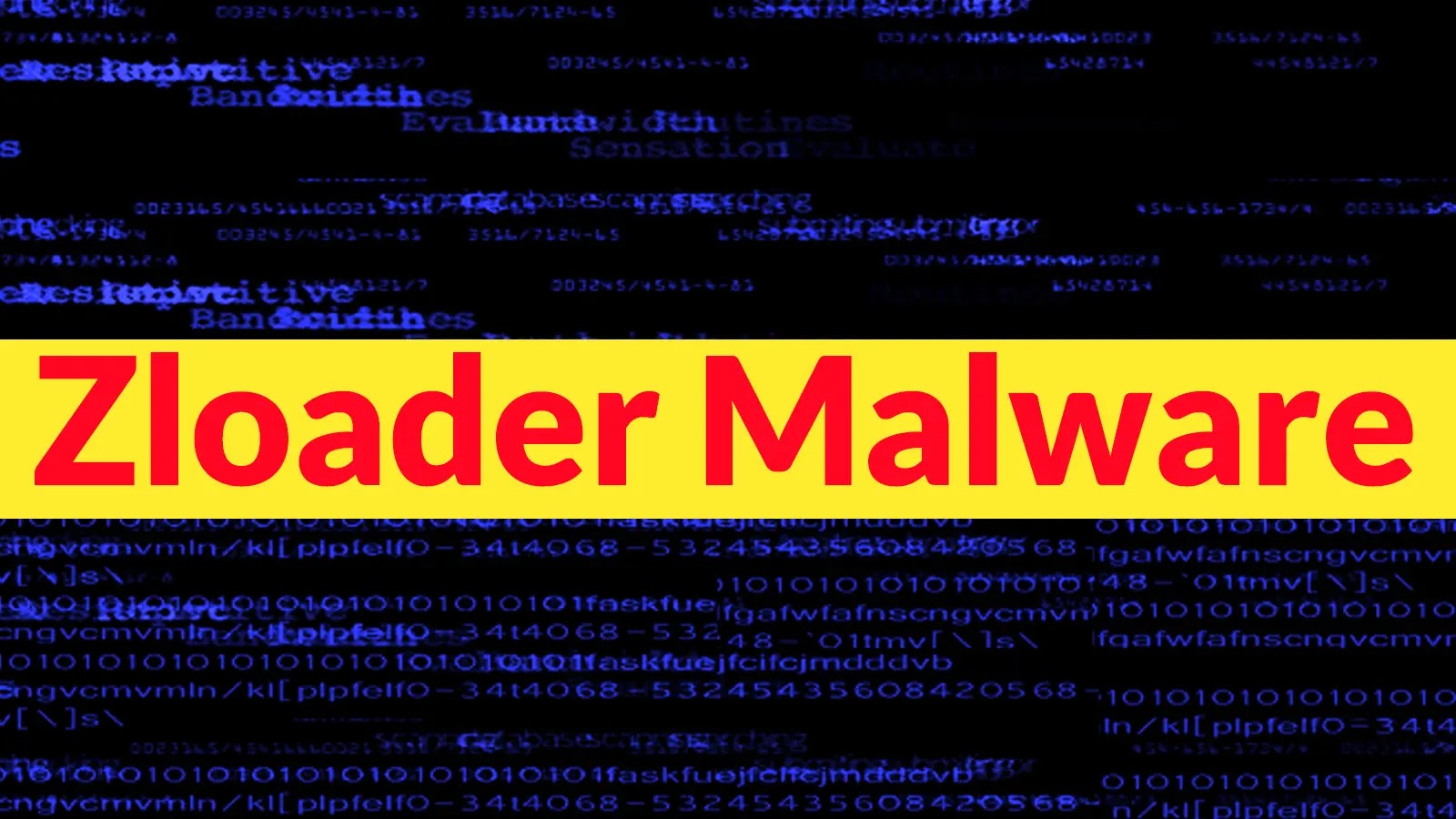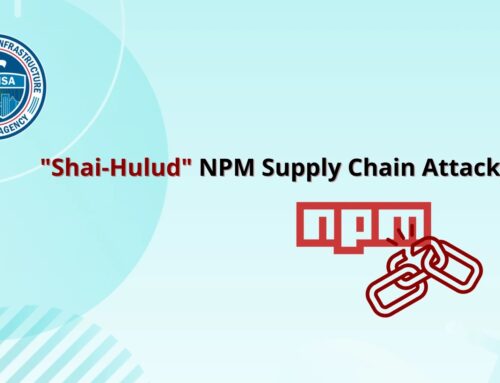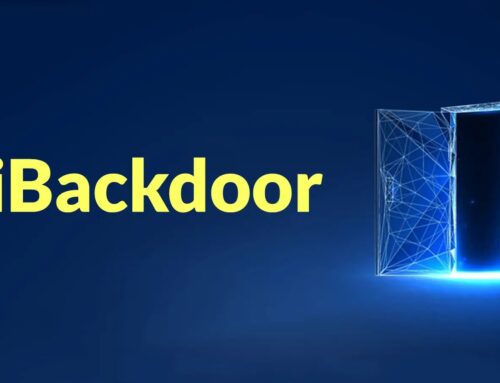
Zloader Malware Repurposed to Act as Entry Point Into Corporate Environments to Deploy Ransomware
Zloader’s Malicious Metamorphosis: From Banking Trojan to Ransomware Enabler
In the evolving threat landscape, familiar adversaries often reappear with new, more dangerous capabilities. Such is the case with Zloader, a sophisticated malware family that has undergone a critical repurposing. Once a notorious banking trojan, Zloader is now being actively leveraged as a primary entry point into corporate environments, paving the way for devastating ransomware attacks. This shift represents a significant escalation in its threat profile, demanding immediate attention from cybersecurity professionals.
The Evolution of Zloader: A Brief History
Zloader, first identified in 2015, originated as a descendant of the infamous Zeus banking trojan. Its initial design focused predominantly on financial fraud, employing advanced techniques to steal banking credentials, hijack online banking sessions, and illicitly transfer funds. This modular piece of malware demonstrated a high degree of adaptability, consistently updating its command-and-control (C2) infrastructure and evasion tactics to bypass security measures. Its roots in sophisticated crimeware established a foundation for its current, more insidious role.
Repurposed for Ransomware: Initial Access Broker’s New Tool
The recent transformation of Zloader signifies a strategic pivot by threat actors. Instead of direct financial theft, Zloader is now primarily used by initial access brokers (IABs). These specialized cybercriminal groups focus on gaining unauthorized entry into victim networks and then selling this access to other criminal entities, most notably ransomware gangs. This new operational model makes Zloader a critical precursor to debilitating ransomware incidents.
- Initial Access: Zloader infiltrates corporate networks, often through phishing campaigns or compromised credentials.
- System Footprint: Once inside, it establishes persistence and expands its foothold, gathering information about the network.
- Access Monetization: The compromised access is then sold on dark web marketplaces to financially motivated ransomware operators.
Technical Insights into Zloader’s Mechanics
As a Zeus-based trojan, Zloader incorporates a range of sophisticated features designed for stealth and persistence:
- Modular Architecture: Its design allows for dynamic loading of additional malicious plugins, adapting its functionality post-infection. This makes it highly versatile for various post-exploitation activities.
- Obfuscation and Evasion: Zloader employs robust obfuscation techniques to avoid detection by antivirus software and other security solutions. It often uses crypters and anti-analysis checks.
- Sophisticated C2 Communication: It utilizes encrypted communication channels to interact with its command-and-control servers, making detection and blocking more challenging for network defenders.
- Information Gathering: Prior to selling access, Zloader often collects system information, network topology, and credentials, providing valuable intelligence to prospective buyers.
Remediation Actions: Fortifying Against Zloader and Ransomware
The repurposing of Zloader underscores the urgent need for robust cybersecurity defenses. Mitigating the threat requires a multi-layered approach:
- Endpoint Detection and Response (EDR): Implement and continuously monitor EDR solutions capable of detecting anomalous behavior and fileless attacks often associated with Zloader.
- Email Security Gateway: Enhance email filtering to block malicious attachments and phishing attempts, which are common initial infection vectors.
- Strong Access Controls: Enforce the principle of least privilege. Implement multi-factor authentication (MFA) for all critical systems and remote access.
- Patch Management: Regularly update all operating systems, applications, and network devices to patch known vulnerabilities. Zloader may exploit unpatched systems. There’s no specific CVE directly tied to Zloader’s evolution, but its exploitation likely leverages various unpatched software flaws (e.g., vulnerabilities in browsers, operating systems, or third-party plugins).
- Network Segmentation: Segment networks to limit lateral movement if an initial compromise occurs, preventing Zloader from spreading widely or gaining access to critical assets.
- User Awareness Training: Educate employees about common phishing tactics and the dangers of opening suspicious attachments or clicking on dubious links.
- Robust Backup Strategy: Maintain offline, immutable backups of critical data to ensure recovery in the event of a successful ransomware attack.
- Incident Response Plan: Develop and regularly test a comprehensive incident response plan to minimize the impact of a breach.
Conclusion
The evolution of Zloader from a banking trojan to a sophisticated precursor for ransomware attacks is a stark reminder of the adaptive nature of cyber threats. It highlights a troubling trend where established malware families are continually refined and repurposed to serve new, more damaging objectives. Organizations must recognize Zloader not just as a banking threat, but as a critical gateway to devastating ransomware incidents. Proactive defense strategies, combining advanced technical controls with robust user education and a readiness to respond, are paramount to protecting corporate environments from this evolving menace.





